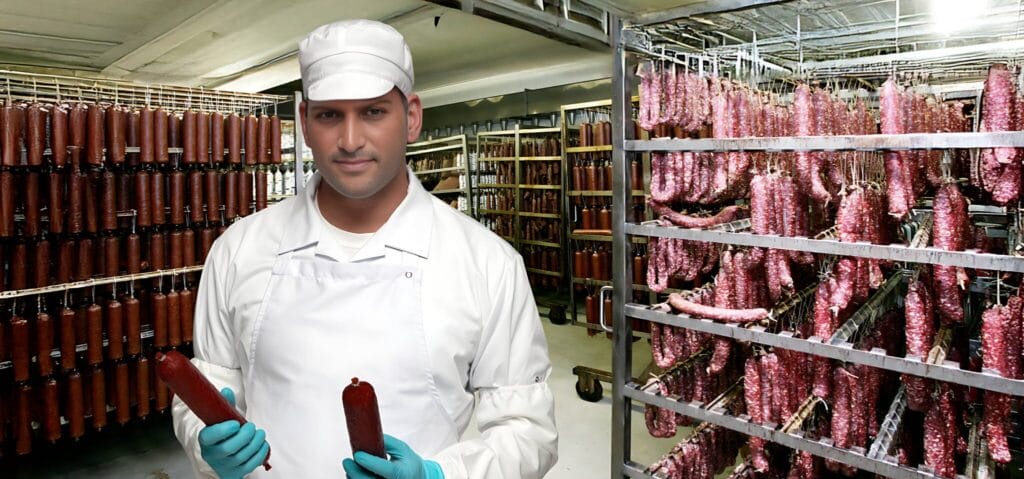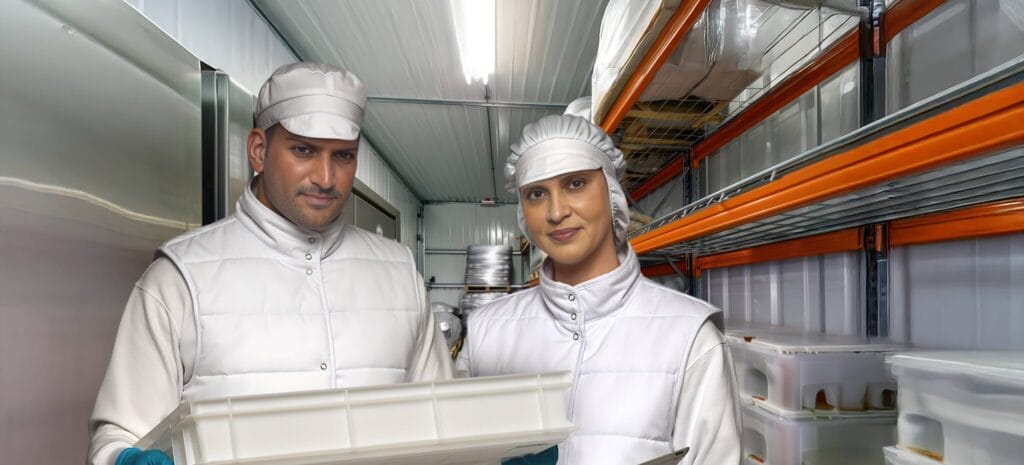
05.07.2024
Preventing Coronavirus infections to spread by good cleaning practices
What should we take into consideration when cleaning premises?
Cleanliness and good hygiene are key in preventing the virus from spreading
Infections are transmitted from infected person to another through:
- the air by coughing and sneezing
- close personal contact, such as touching or shaking hands
- touching an object or surface with the microbe on it, then touching your mouth, nose or eyes before washing your hands
In addition to good hand hygiene practices, proper cleaning plays also an important part in avoiding transmission of infections caused by microbes because the microbes can remain on different surfaces for several hours or even days depending on the material of surfaces and ambient conditions such as temperature.
These instructions are based on information from ETSA and Finnish Institute of Occupational Health.
Always contact your local cleaning service provider / Facility Management company for further information.
General cleaning in all kinds of areas
- Carrie out cleaning from the clean space to the dirty one.
- Pay special attention to all frequently touched surfaces (e.g. door handles, armrests, table surfaces, light switches, water taps). These surfaces should be cleaned thoroughly and frequently.
- Clean the public spaces with different tools than staff facilities.
- Use always well washed or single use cleaning cloths, wipes and mops
- Use a weakly alkaline general cleaning agent (pH 8-10). In sanitary facilities, cleaning can be enhanced using disinfectant (e.g. alcohol or chlorine based).
- Protect hands with gloves when cleaning the surfaces. After cleaning, wash the gloves thoroughly and dried or either replace them.
- For example, you can use tight disposable gloves as a universal glove. For cleaning toilets, use long-stemmed gloves, which must be kept separate from other instruments. After the cleaning cycle thoroughly wash them with water and detergent.
- Clean / wash equipment thoroughly after cleaning.
- Recycle bins should be easily coated with removable, non-leakable bags. The recycle bins must be monitored and filled up to three quarters of their volume. Recycle bins are emptied daily, especially in public areas.
- Wash hands and arms with soap and water after removing the gloves.
Special cleaning for living areas of infected person
- Use always only properly washed or clean equipment and after use clean them before the next use. For cleaning of the premises, disposable cleaning equipment such as cleaning wipes should be used as far as possible.
- The cleaning is mainly done normally using e.g. weakly alkaline general cleaning. Use disinfectant to clean the contact surfaces (e.g. door handles, armrests, table surfaces, light switches, water taps), sanitary facilities and visible excreting and splash stains. Absorb excreting stains in a disposable cloth before use of the disinfectant.
- After general cleaning, treat contact surfaces with alcoholic (e.g. 70% ethanol) or chlorinated disinfectant (e.g. sodium hypochlorite solution; concentration 0.1%, dilution ratio 1:50 if baseline concentration 5%). Sanitary fixtures for TOILETS should be handled with a stronger chlorine content (e.g. 0.5%). Check and use the chemical manufacturer’s instructions. Disinfectants, such as chlorinated substances, can damage the surfaces. Rinse more than 0.5% chlorine concentrations from surfaces. After using the 0.1% solution, the surfaces must be wiped with a wet disposable cloth when the effect time has elapsed. The use of disinfectants should be labelled with the expiry date.
- Waste resulting from the cleaning is packaged in a separate waste bag which is immediately closed and delivered to the mixed container.
- Towels and other textiles such as bedding are washed primarily with a 60 – 90 degree washing program. If the textile does not withstand a sufficiently high temperature, a disinfectant detergent must be used.




